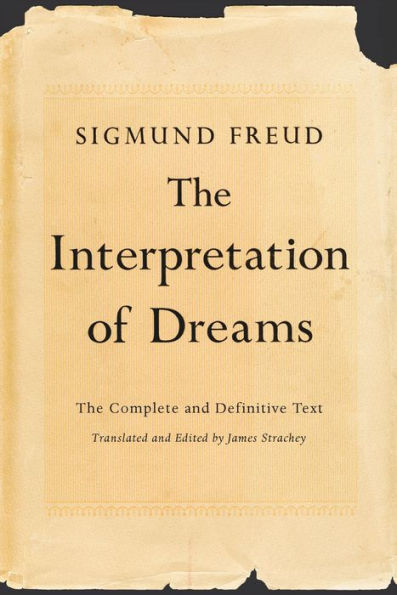Table of Contents
Editor'S Introduction xi
Preface to the First Edition xxiii
Preface to the Second Edition xxv
Preface to the Third Edition xxvii
Preface to the Fourth Edition xxviii
Preface to the Fifth Edition xxix
Preface to the Sixth Edition xxix
Preface to the Eighth Edition xxxi
Preface to the Third (Revised) English Edition xxxii
I The Scientific Literature Dealing With the Problems of Dreams 35
(a) The Relation of Dreams to Waking Life 41
(b) The Material of Dreams-Memory in Dreams 44
(c) The Stimuli and Sources of Dreams 54
(1) External Sensory Stimuli 55
(2) Internal (Subjective) Sensory Excitations 62
(3) Internal Organic Somatic Stimuli 65
(4) Psychical Sources of Stimulation 70
(d) Why Dreams Are Forgotten After Waking 73
(e) The Distinguishing Psychological Characteristics of Dreams 77
(f) The Moral Sense in Dreams 93
(g) Theories of Dreaming and Its Function 101
(h) The Relation Between Dreams and Mental Diseases 113
Postscript, 1909 118
Postscript, 1914 120
II The Method of Interpreting Dreams: An Analysis of a Specimen Dream 121
III A Dream is the Fulfilment of a Wish 147
IV Distortion in Dreams 159
V The Material and Sources of Dreams 187
(a) Recent and Indifferent Material in Dreams 188
(b) Infantile Material as a Source of Dreams 211
(c) The Somatic Sources of Dreams 240
(d) Typical Dreams 259
(?) Embarrassing Dreams of Being Naked 260
(?) Dreams of the Death of Persons of Whom the Dreamer Is Fond 266
(?) Other Typical Dreams 288
(?) Examination Dreams 291
VI The Dream-Work 295
(a) The Work of Condensation 296
(b) The Work of Displacement 322
(c) The Means of Representation in Dreams 326
(d) Considerations of Representability 353
(e) Representation by Symbols in Dreams-Some Further Typical Dreams 363
(f) Some Examples-Calculations and Speeches in Dreams 414
(g) Absurd Dreams-Intellectual Activity in Dreams 434
(h) Affects in Dreams 466
(i) Secondary Revision 493
VII The Psychology of the Dream-Processes 513
(a) The Forgetting of Dreams 516
(b) Regression 535
(c) Wish-Fulfilment 550
(d) Arousal by Dreams-The Function of Dreams-Anxiety-Dreams 572
(e) The Primary and Secondary Processes-Repression 585
(f) The Unconscious and Consciousness-Reality 605
Appendix A A Premonitory Dream Fulfilled 617
Appendix B List of Writings by Freud Dealing Predominantly or Largely with Dreams 621
Additional Notes 623
Bibliography
(a) Author Index and List of Works Quoted 625
(b) List of Works on Dreams Published Before 1900 647
Index Of Dreams
(a) Freud's Own Dreams 653
(b) Other People's Dreams 654
General Index 657




